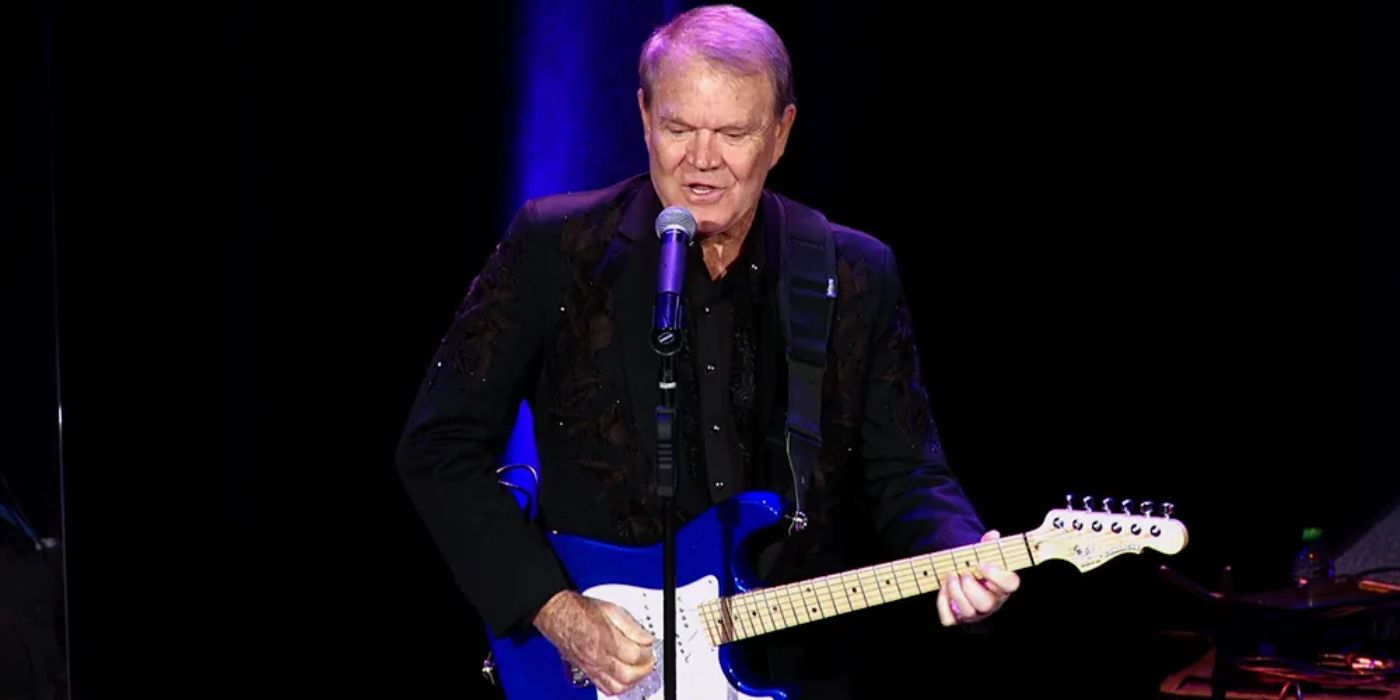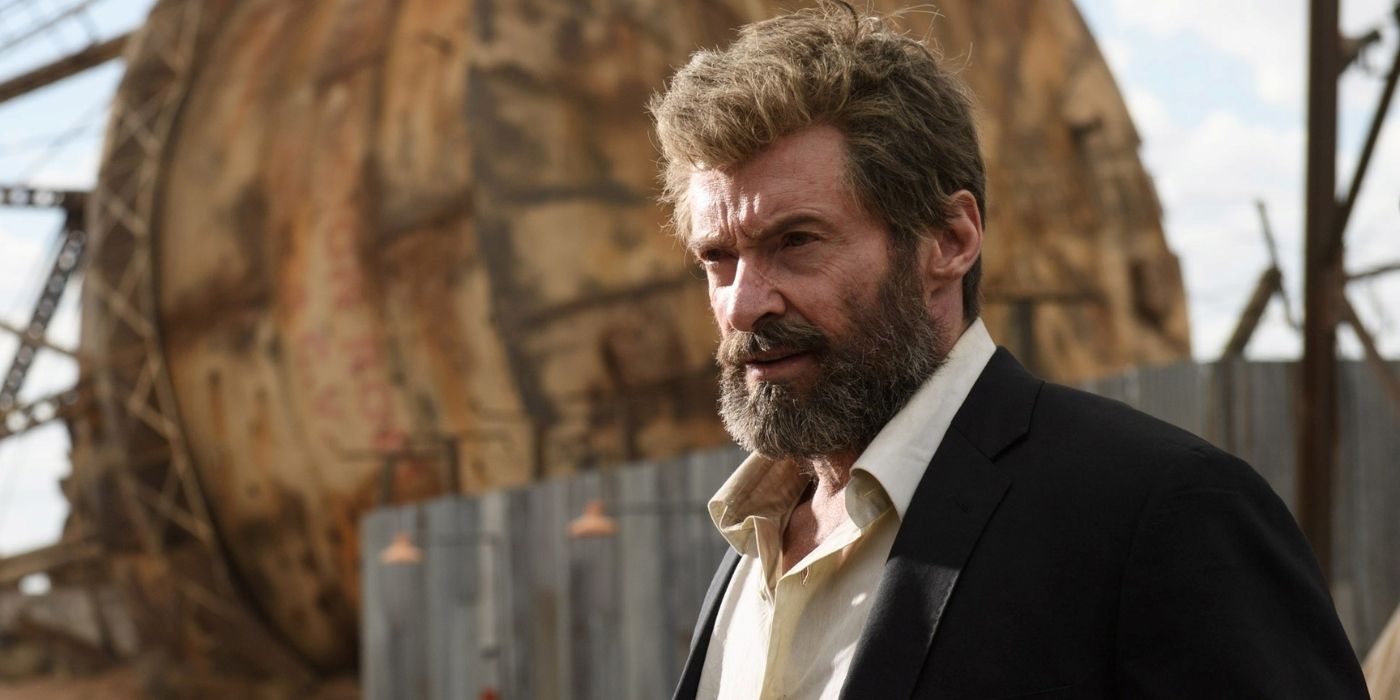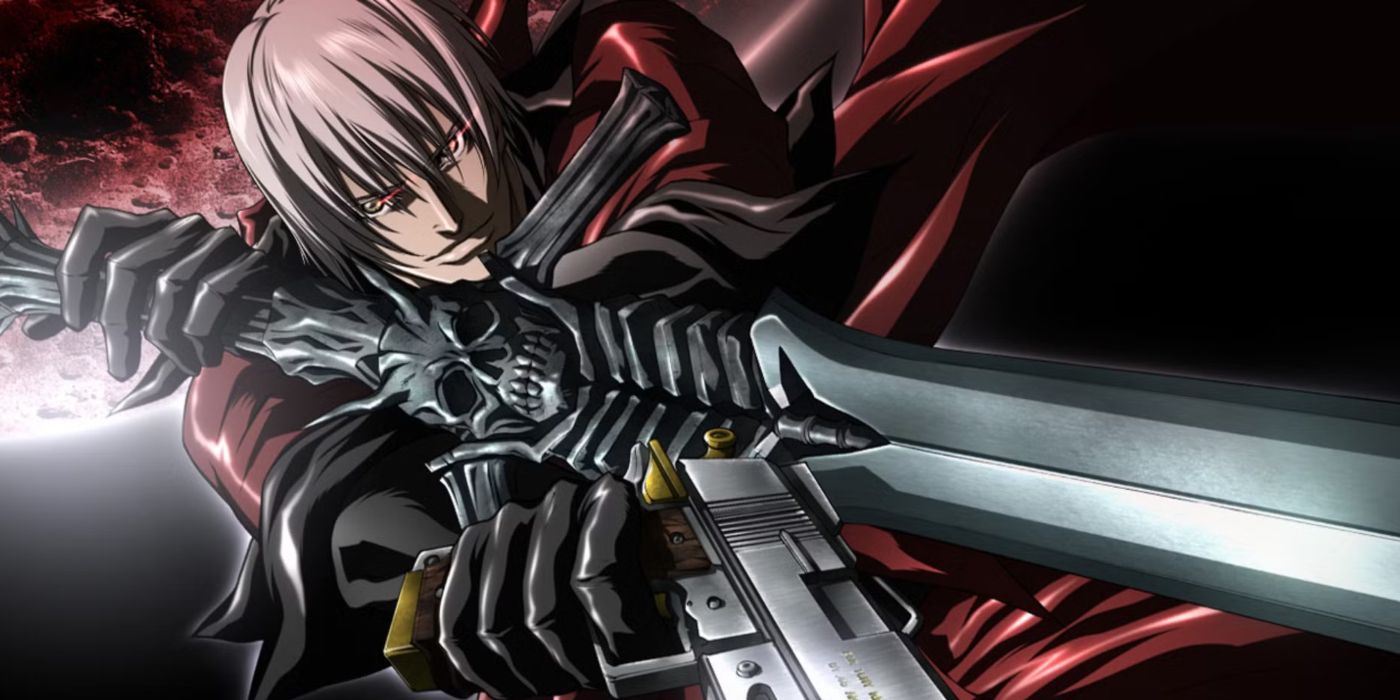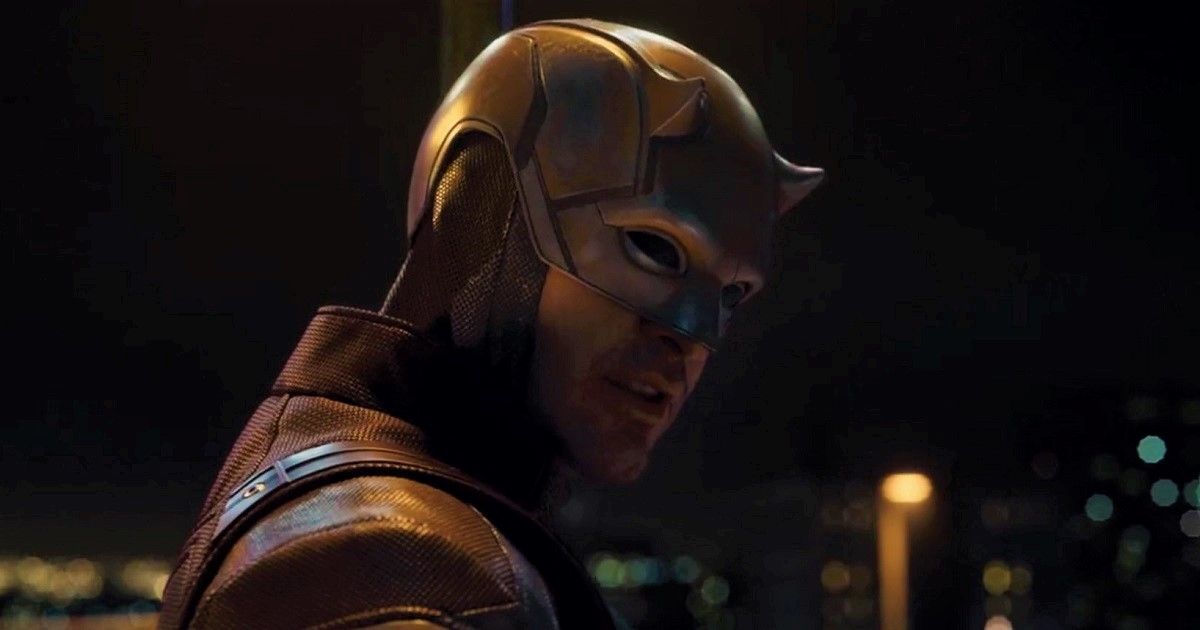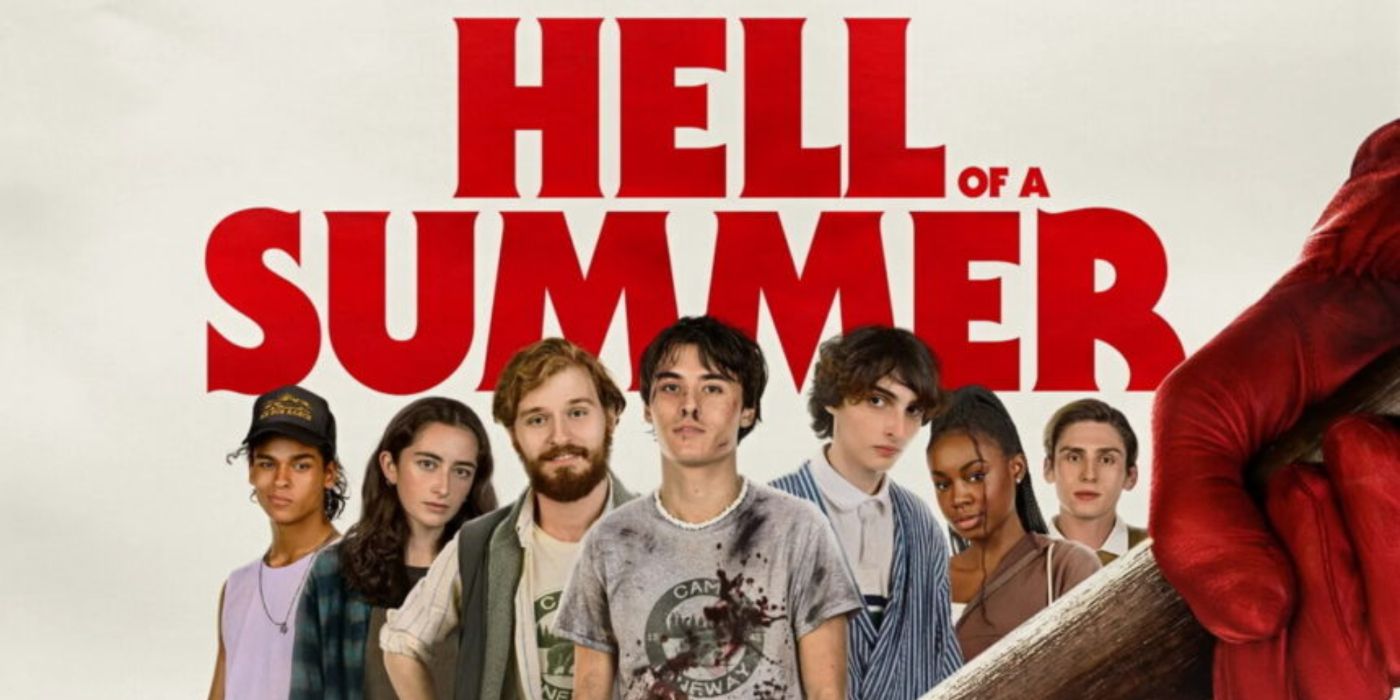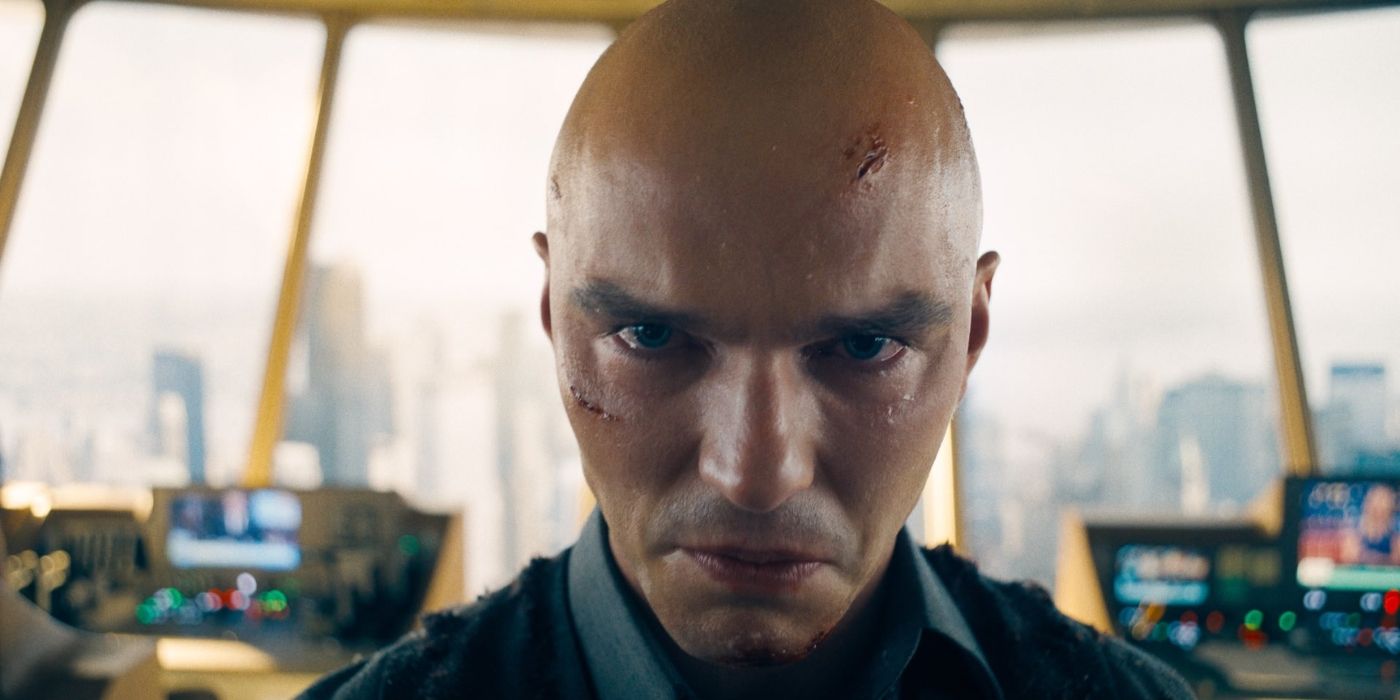Much of the movie was shot during the height of the Covid pandemic, which meant that Alberdi wasn’t even in the room with the couple. Camera work in many of the contemporary scenes was done by Urrutia, who is a kind and infinitely patient spouse—and also sometimes focus-challenged, not that it ultimately matters.
Among the more vexing effects of Alzheimer’s goes beyond memory loss. Often the sufferer has no idea of where they are or what they’re doing there. “Where are my friends,” Góngora laments in a late-night rant, one of the sort that can sometimes take hours to pull a patient out of.
These and many other moments are painful to watch. And they do make one wonder, again, about whether one ought to be watching them at all. There’s no narration in this movie, no text explaining when Góngora was diagnosed. (Or, for that matter, when and how he consented to be filmed. Not that I doubt he did—before his condition deteriorates, he acknowledges that he’s involved in a documentary—but it would be useful information.) We piece together Góngora’s relationship with Urrutia through often poignant-in-hindsight archival footage. It’s not until rather late in the movie that we learn Góngora has two children from a prior relationship, and we never find out how that relationship was resolved.
Instead, we witness the degeneration of a noble mind and an interrogative soul. “I’m not myself anymore,” Góngora says to Urrutia late in the movie. “I think you are,” she responds. “No,” he says. And he repeats that word several times. We’re left with the question of what a person can hang on to when everything about their identity and values leaves them.
Now playing in theaters.
You can view the original article HERE.


